Some partnerships are simply meant to be. Take Union Motorcycle Classics out of Nampa, Idaho, as an illustration, because the pairing of Mike Watanabe and Luke Ransom recurrently brings about a number of the highest-quality motorbike restorations undertaken behind barn doorways. Moreover, Union has struck up the right relationship with a discerning shopper who recurrently hauls in storied race machines in want of thorough reconditioning.
It was for this unnamed shopper that Union simply completed working their magic on a pair of outstanding F1-racing Suzukis—a Dunstall-prepped 1979 GS1000 raced by Barry Sheene and a 1982 Works XR69 raced to a number of podium finishes by Mick Grant. Whereas the bikes have been acquired individually, their historical past flows by a typical vein, making for a uncommon alternative to check Suzuki’s Components 1 racing growth.
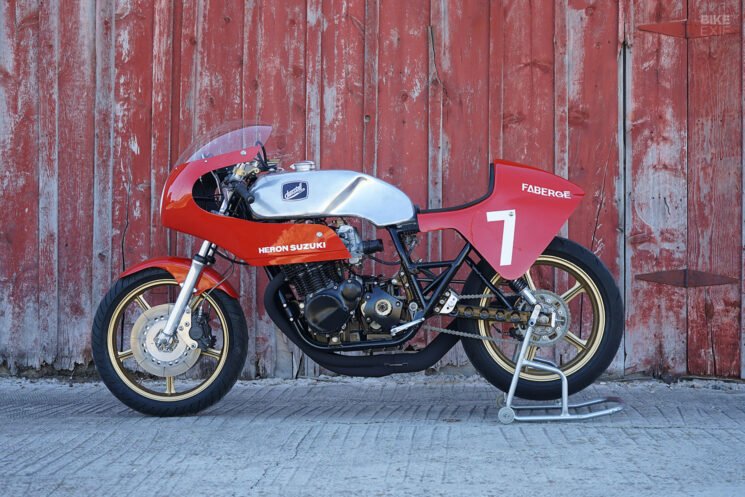
Ex-Barry Sheene 1979 Suzuki GS1000 With a extra superior chassis than its opponents (Honda) and a dependable, overengineered powerplant, Suzuki’s new GS750 confirmed nice promise for street racing, and the story goes that it was legendary tuner Hideo ‘Pops’ Yoshimura who put issues into movement.
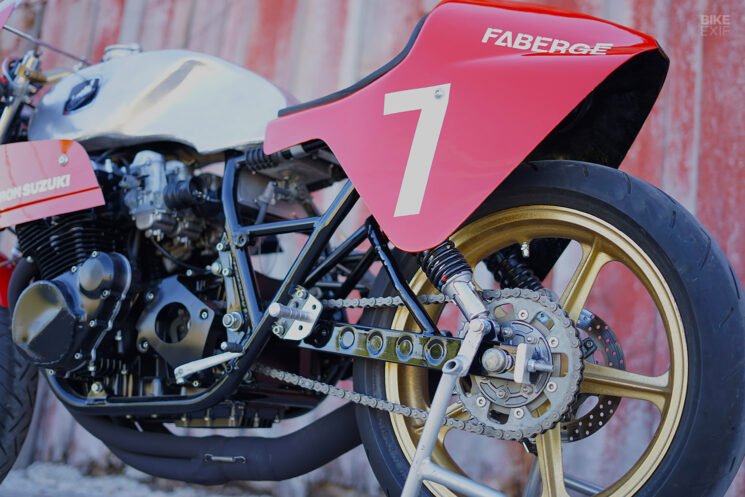
Pops had been perfecting his Components 750 racers, however when the principles modified to permit 1,000 cc displacements in 1977, Suzuki elevated its involvement to place collectively a greater bundle to deal with the 115 hp engines Pops was crafting. Suzuki donated full entrance ends from the RG500 XR34 Grand Prix bike to supply surer footing, adopted intently by a braced swingarm. Rapidly changing into a profitable mixture, Yoshi-prepped GS1000s received the ’78 Daytona Superbike race and the Suzuka 8 Hours in Japan.
By 1979, UK importer Heron Suzuki wished in on the motion, and so they requested famed UK tuner Paul Dunstall to subject their Yoshi-prepped bikes. Barry Sheene was Heron’s high rider however had a identified disdain for heavy four-stroke bikes—having famously known as them ‘muck spreaders.’
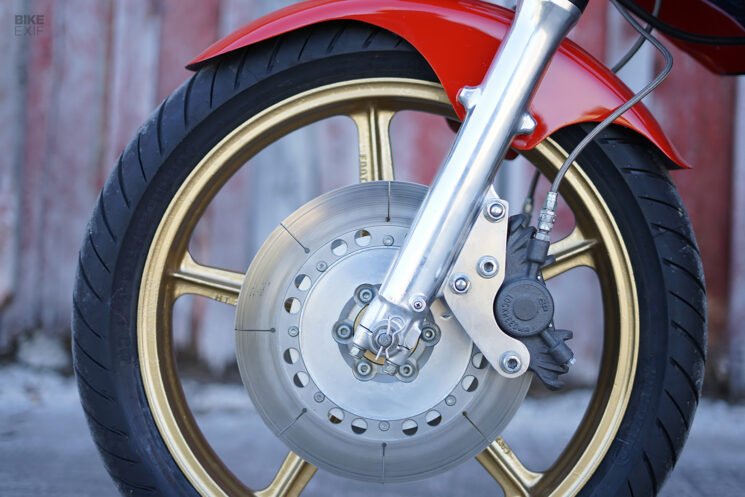
Regardless of Sheene’s pointed opinion, he piloted the Dunstall/Heron Suzuki to a detailed second-place end at Oulton Park, proper behind Honda’s Ron Haslam with Mick Grant taking third for Honda. Sheene didn’t race the bike once more, and it’s stated to be one of many solely four-strokes he ever ran, however the writing was on the wall for Honda that victory within the 1,000 cc class was now not assured.
The ex-Barry Sheene Suzuki remained in considerably unique situation, having been restored within the Nineteen Nineties with a full Heron livery. Whereas it was appropriate for show at distinguished occasions, the bike was destined to return to its Barry Sheene Oulton Park situation, and that’s precisely the duty Union Motorbike’s shopper consigned them to carry out.
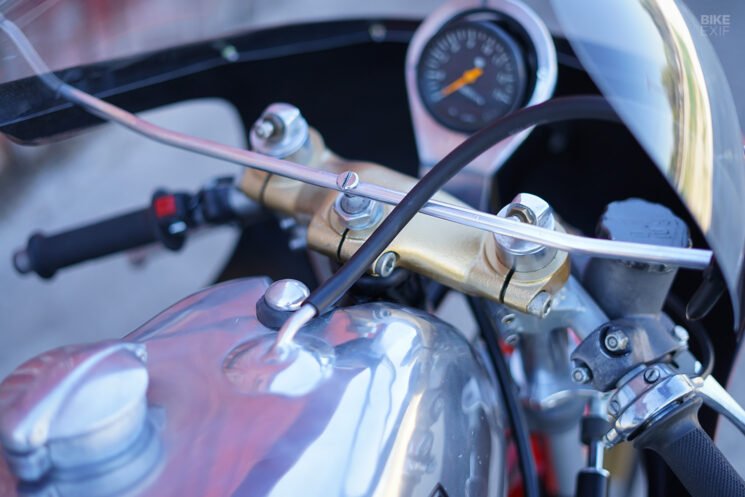
Whereas the paint, fairing and tail part had clearly been altered, a full teardown of the bike revealed further faults. Mike Watanabe relates “The tank had been buried in bondo someplace in its again story, and I needed to minimize it in half and rework it. It seems to have been crashed in some unspecified time in the future, however I rigorously retained all the unique ‘imperfections.’ Protecting these unique fingerprints from preliminary development was vital to honor the bike. The tank is proven now in uncooked aluminum, like all photographs of Sheene racing it.”
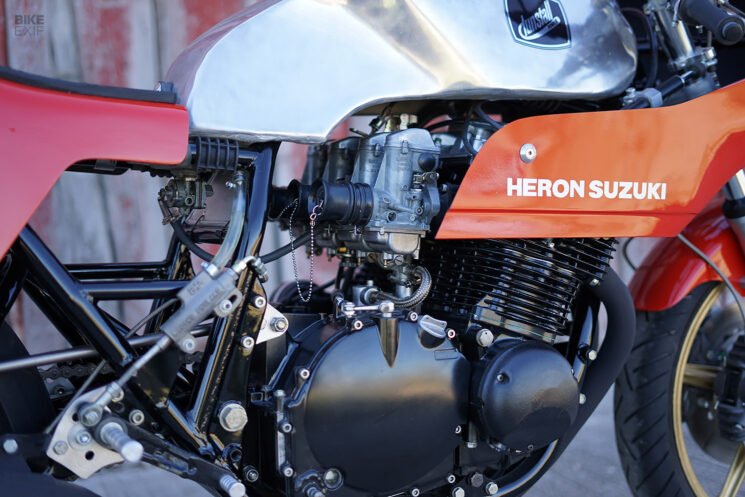
The seat was additionally the inaccurate model, and with an unique being unsourceable, Mike made a plug after rigorously learning photographs earlier than laying it up in fiberglass. Union’s Luke Ransom sourced an accurate faring for the bike, nevertheless it was lacking the return flange that connects the higher and lowers. Mike then formed aluminum varieties to make use of as molds so the flange could possibly be glassed again in.
Turning their consideration to the powerplant, the GS had remarkably retained its No.13-stamped Yoshimura engine, and Luke tore your entire engine all the way down to confirm its situation. Match with particular cams, bigger valves and high-compression slipper pistons, the 114 hp mill was deserving of particular remedy, and Luke took it to California to fulfill long-time Yoshimura worker Don Sakakura to confirm its heritage and specs earlier than reassembly.
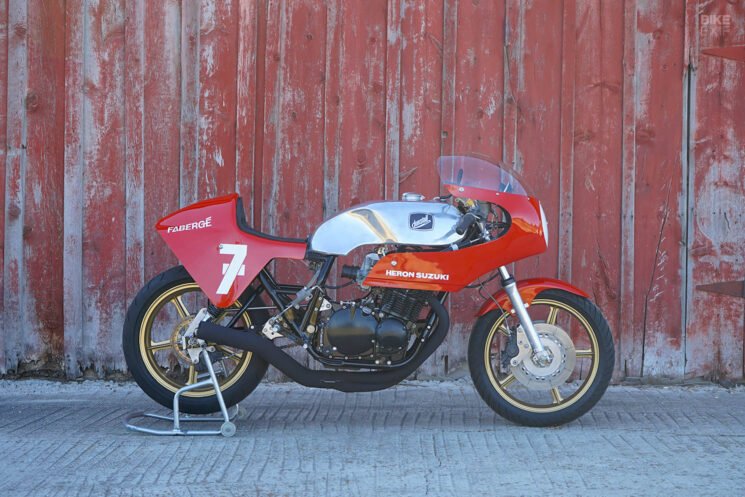
With its chassis and bodywork restored to Barry Sheene-spec, the bike was prepared for ending touches, and Luke laid down the placing purple paint on the completed fiberglass bits. From there, Mike painstakingly recreated the mismatched numerals and sponsor decals. The perfectionist in chances are you’ll shutter, however that’s how Barry raced it, and that’s the way it wanted to be.
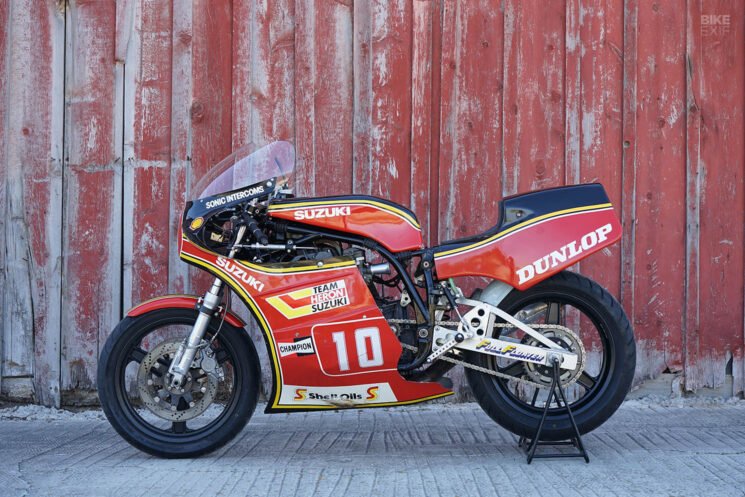
Ex-Mick Grant 1982 Works Heron Suzuki XR69 The GS1000 was knocking on Honda’s door by the late Seventies, however as Suzuki continued to improve the 987 cc, DOHC four-cylinder (and Pops subsequently labored his magic), it was clear a severe alternative for the GS metal double-cradle body was wanted.
Pops himself allegedly designed the brand new tubular chromoly chassis, once more making use of the XR-series suspension, and engine output presently was exceeding 130 hp. Sharing few parts with the road-going GS, the brand new racers have been dubbed the XR69s and have been first seen on the 1980 24 Hours of LeMans.
The bike was nearly instantly profitable, profitable Daytona and the Ulster Grand Prix and taking second on the Isle of Man. Late to the TT F1 occasion, manufacturing facility rider Graeme Crosby squared off with Honda’s Mick Grant, securing the TT F1 Championship however falling simply in need of Grant within the British Championship. Crosby would seize each titles in 1981, and by ’82 Grant was signed to Heron-Suzuki.
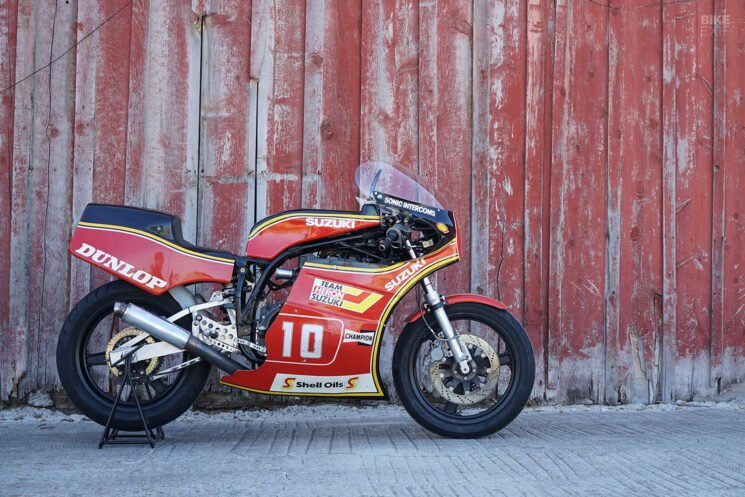
Whereas the XR69 proved to be a dominant drive in 1982, tragedy struck at North West 200, when Grant’s Heron-Suzuki teammate John Newbold clipped Grant’s rear wheel and handed away within the ensuing wreck. Shaken, however in a position to proceed, Grant received the occasion and donated his prize cash to Newbold’s widow.
Honda returned in a giant approach for the ’83 season with Wayne Gardner profitable the British TT F1, however Grant and Heron-Suzuki teammate Rob McElnea have been incessantly in podium positions. Grant’s finest finishes that 12 months included second on the Isle of Man TT and Ulster Grand Prix, and third within the British TT F1 Championship. With displacement restricted to 750 cc for the 1984 season, the XR69s have been hung up for good, and Suzuki gifted Grant his works XR upon his retirement in 1985.
Believed to be one in all simply six prefer it, Mick Grant’s ’82 XR boasts distinctive originality and specification. It was assembled with a dry clutch, single rear shock, twin plugs and billet forks. The bike nonetheless wears its Heron-Suzuki livery from the Nineteen Eighties, together with its magnesium carburetors and fasteners. Considered one of his most prized possessions for 35 years, Grant relayed that it nonetheless performs as Suzuki supposed, and that it’s in each approach the bike he piloted within the North West 200, the Macau GP and set the lap data on the Isle of Man and Donington Park.
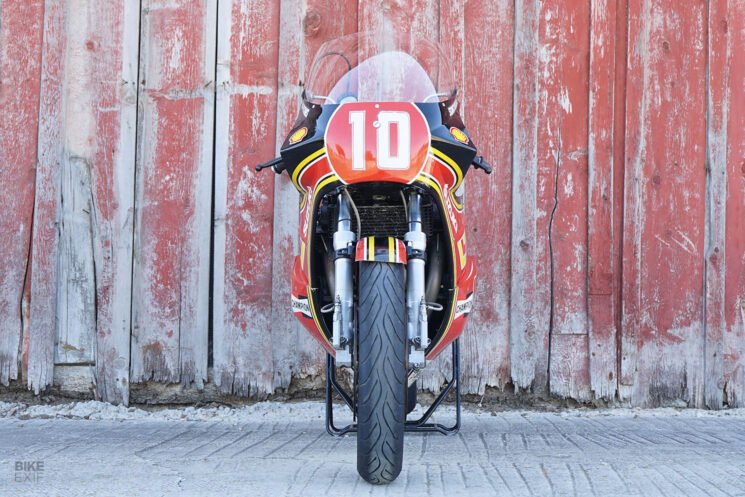
Union Motorbike’s discerning shopper acquired the bike from Grant, doubtless at Bonhams’ Spring Stafford Sale in 2019, and introduced it in for an intensive as soon as over. Destined for a brand new proprietor who intends to return the bike to the observe, prepping it concerned a complete lot extra than simply going by the carburetors and fluids. Realizing the place to attract the road, the Ex-Grant XR69 nonetheless wears a couple of bumps and bruises from its heyday however has been licensed match for competitors as soon as once more.
With two priceless items of Suzuki F1 historical past returned to their former glory, we’re sure a pair of previous racers someplace are smiling. That’s doing the Lord’s work should you ask us.
Images courtesy of Union Motorcycle Classics | Facebook
Trending Merchandise











